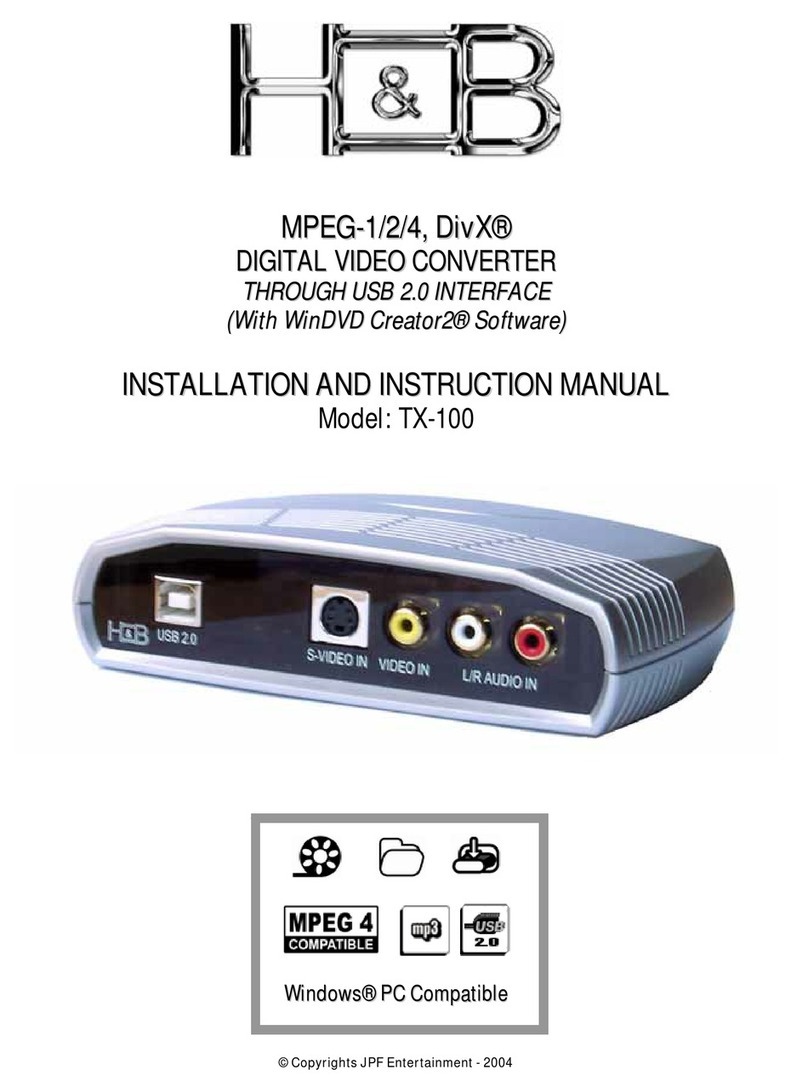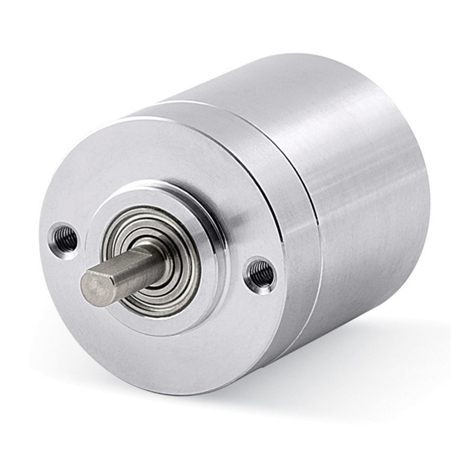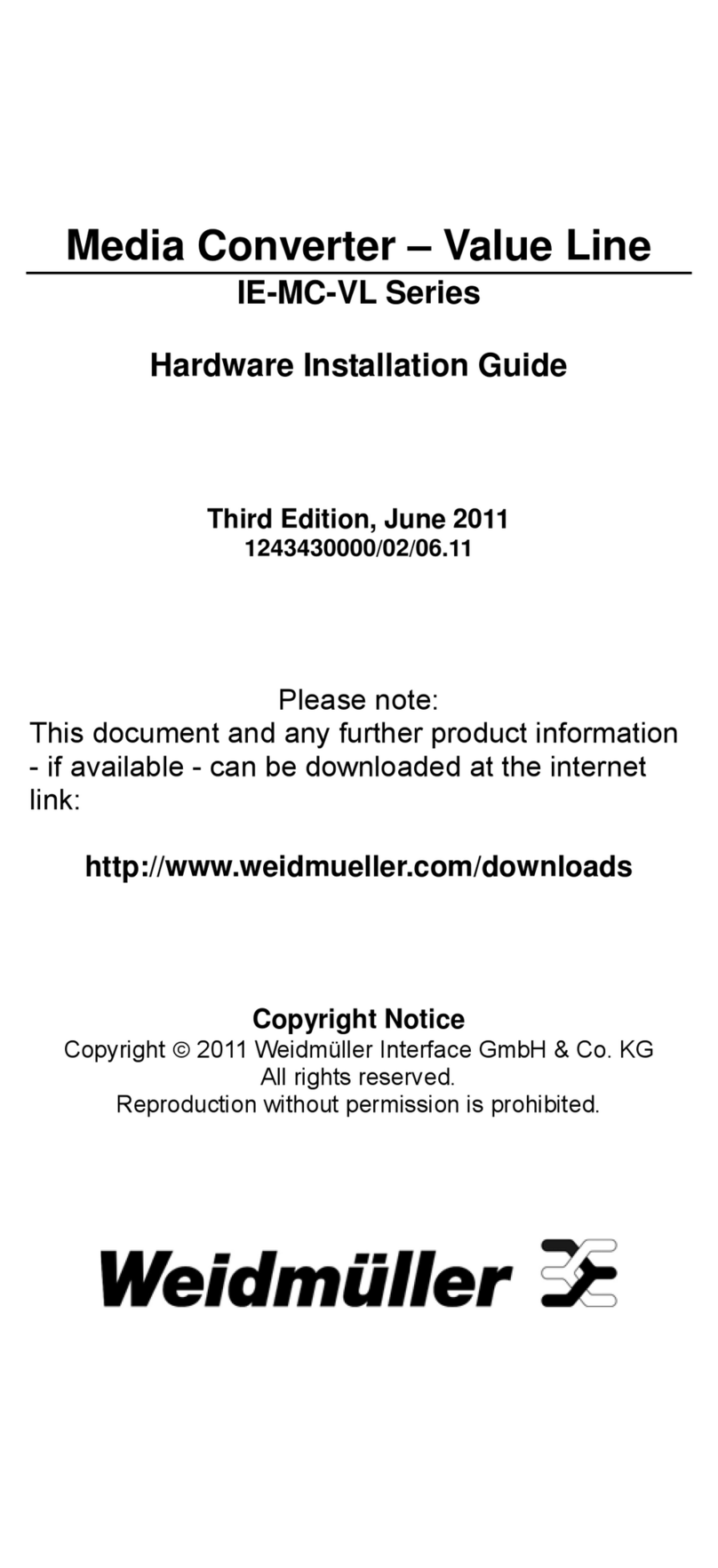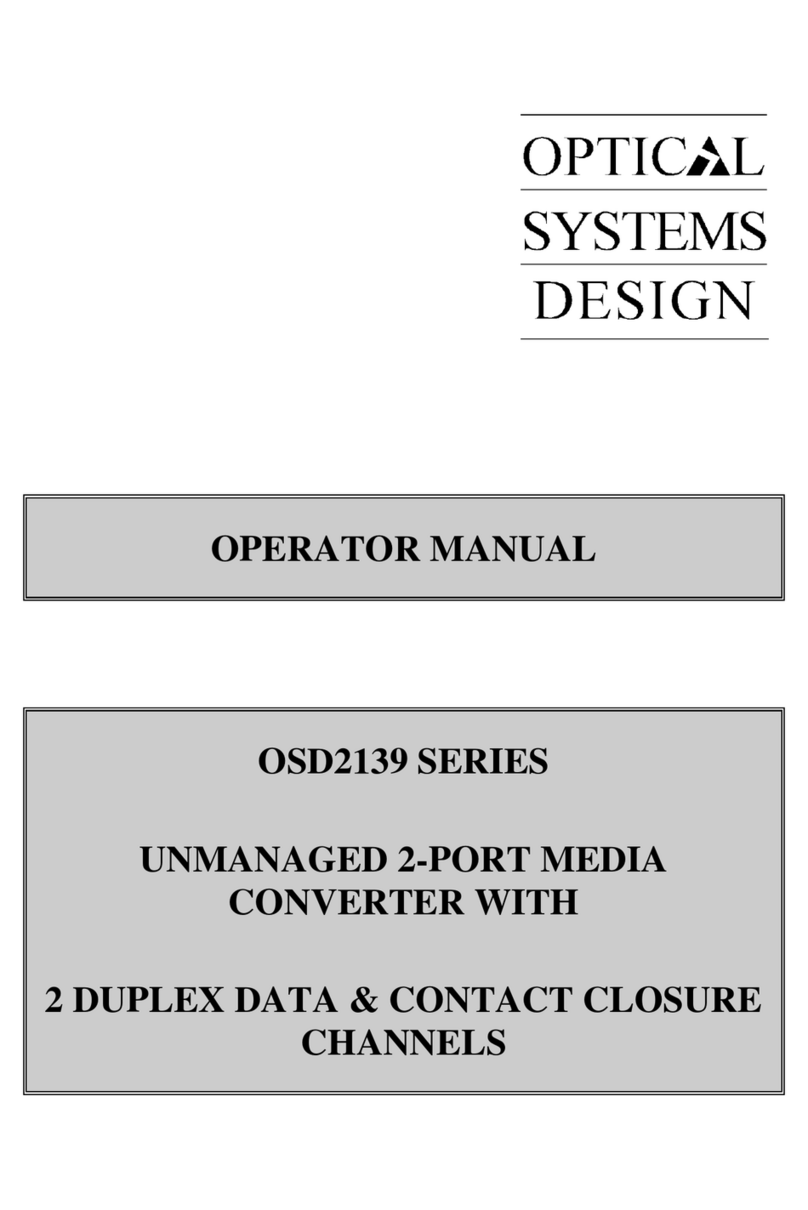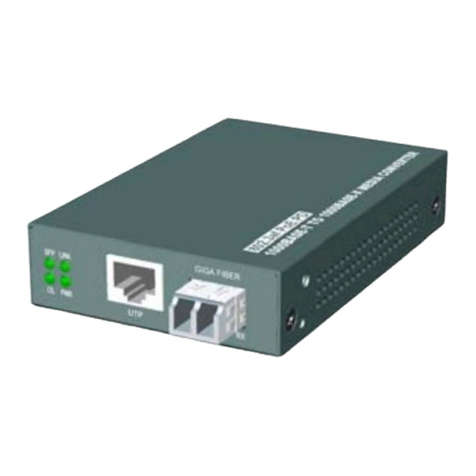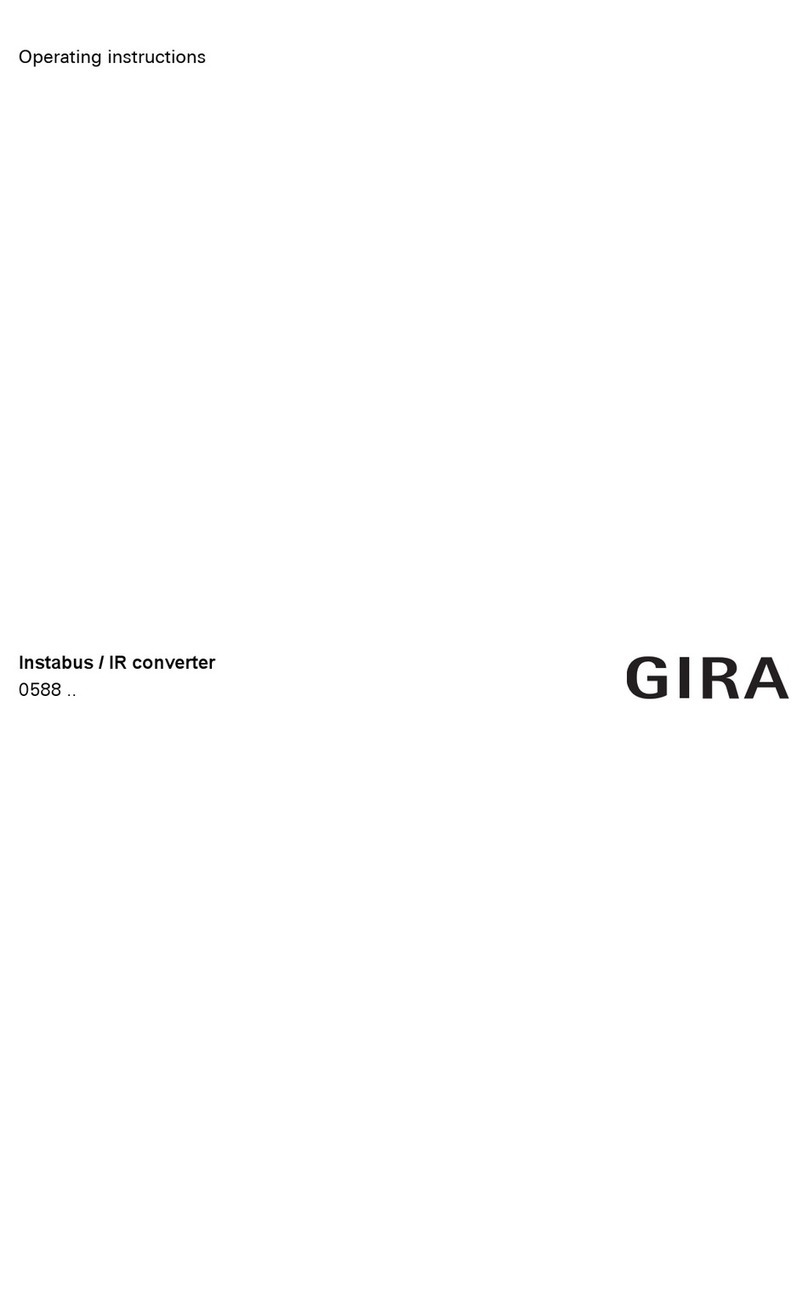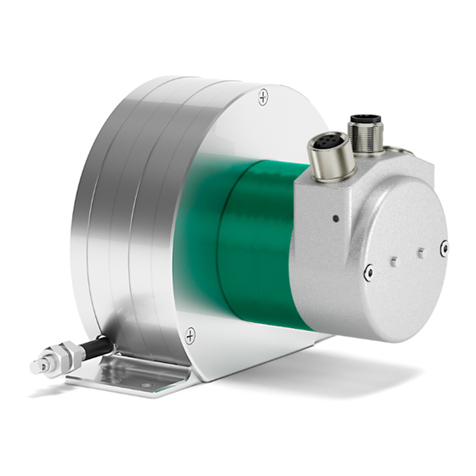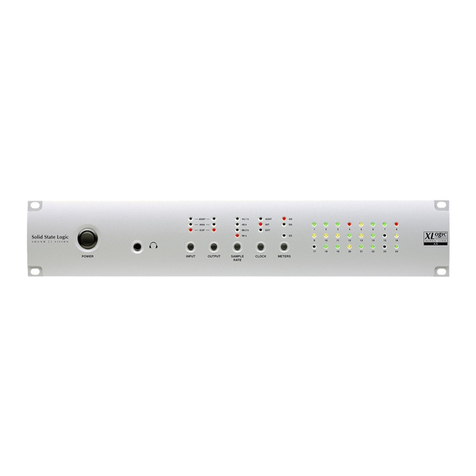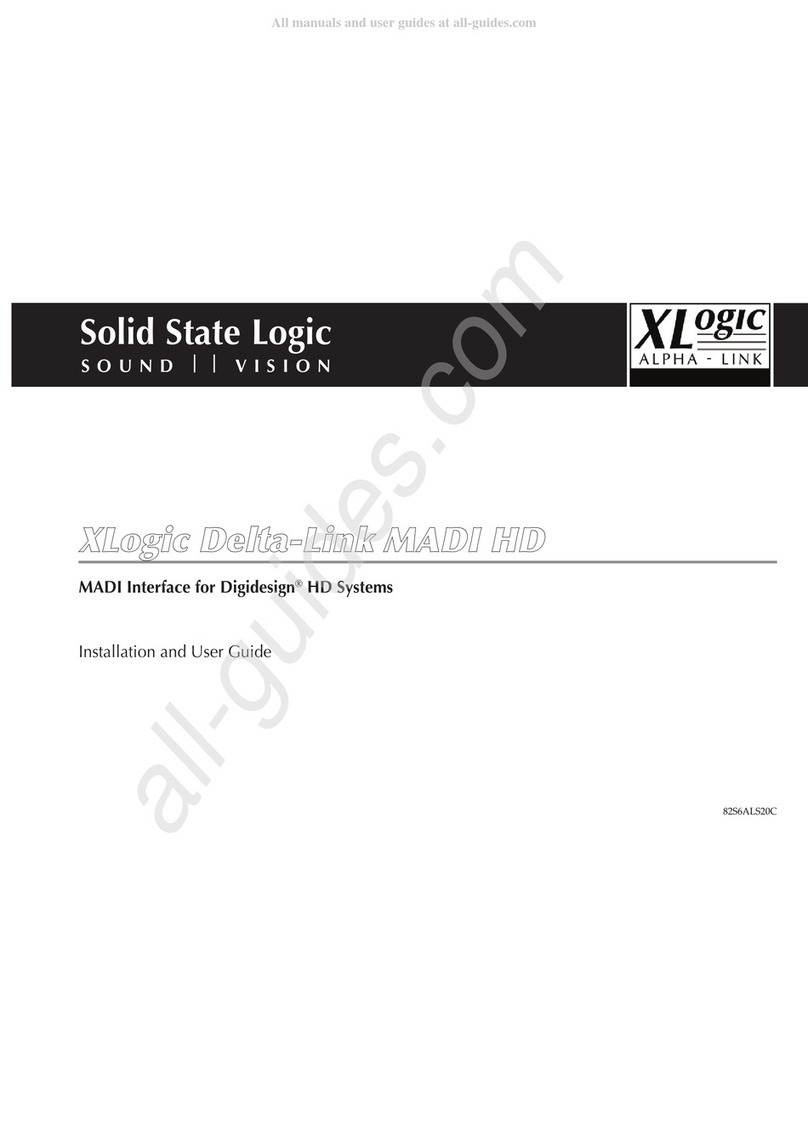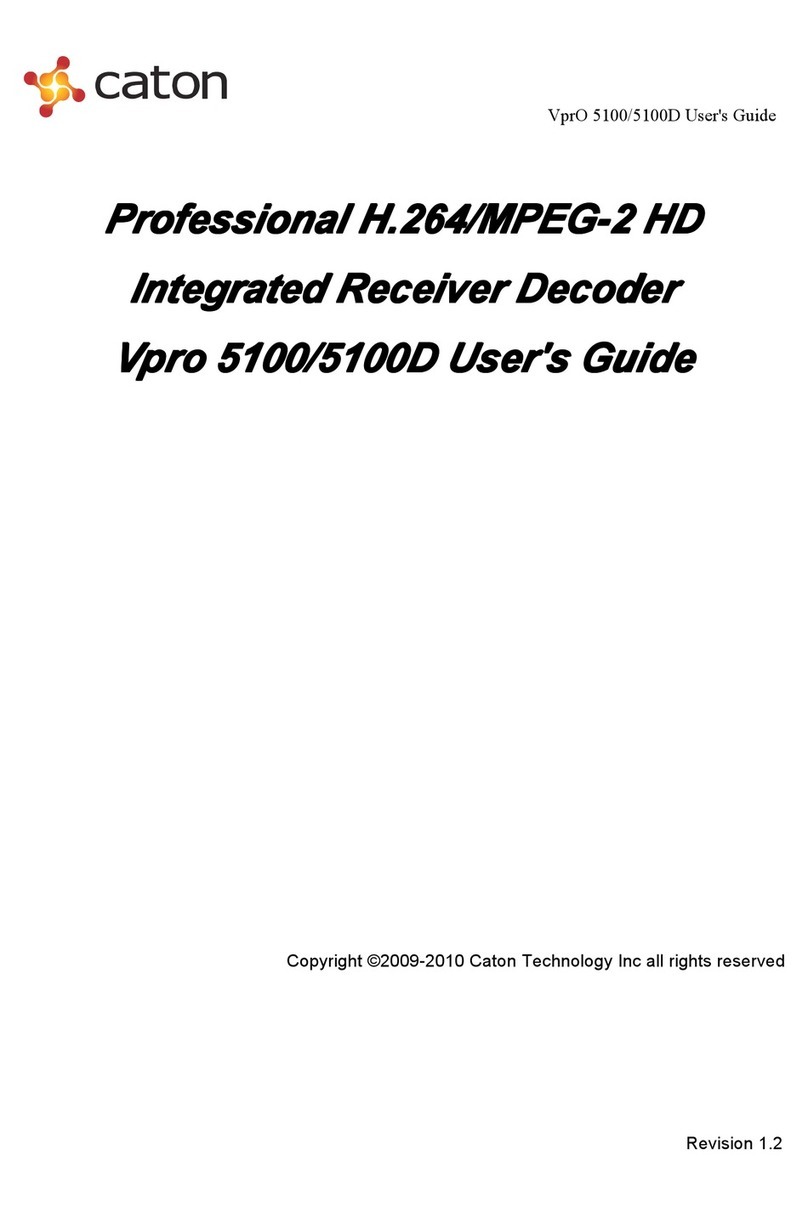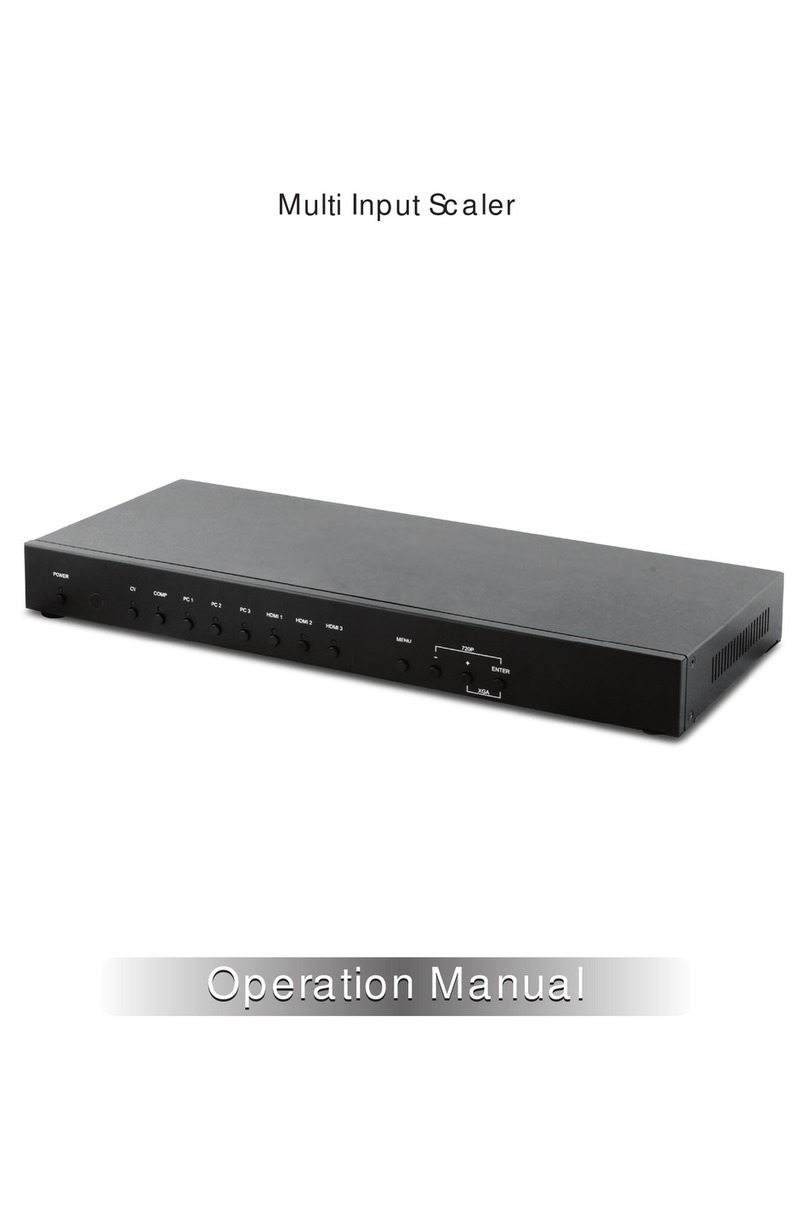1
I troductio
Congratulations on your purchase of this Solid State Logic Alpha-Link Audio I/O unit. Please be assured that it will
provide you with many years of reliable service while delivering the pristine audio quality you expect from any Solid
State Logic product.
The Alpha-Link Audio I/O Product Range are stylishly designed, 2U-high rack-mountable units providing fully featured
multi-channel audio converters for Studio, Live and Broadcast Applications with an incredible price/performance ratio.
There are four Alpha-Link models, all featuring high quality 24-channel SSL enhanced AD/DA converter circuitry and
offering a choice of digital audio format options.
• The Alpha-Link AX and Alpha-Link MADI-AX are ADAT based converters
• The Alpha-Link MADI-SX is a MADI & AES/EBU based converter
• The Alpha-Link LIVE is a MADI & AES/EBU based converter which offers dual power supplies and features control
ports for up to three Alpha-Link 8-RMP Mic preamps. Two configurations of Alpha-Link LIVE are available to suit
either European or US broadcast analogue interface levels.
Each unit offers simple front panel controls to control unit configuration and the comprehensive input/output routing
matrix which can be used to set up global connections between the various I/O connections and makes all
combinations possible. There is also a handy front panel headphone connection (Alpha-Link LIVE excepted) plus a
meter section for the analogue inputs and outputs with an AD/DA selection button, mode indicator LEDs and 24 tri-
colour level LEDs.
All Alpha-Link units can be used as standalone format converters, but used in combination with an SSL Mixpander
PCI card they provide a powerful, highly flexible IO solution for native PC-based audio workstations. When the unit
is connected to a Mixpander card the inputs and outputs can be routed individually from the PC using the SSL Mixer
software. When the Alpha-Link LIVE is connected to an SSL C10 HD broadcast console, remote control of up to three
Alpha-Link 8-RMP Mic preamps is possible.
